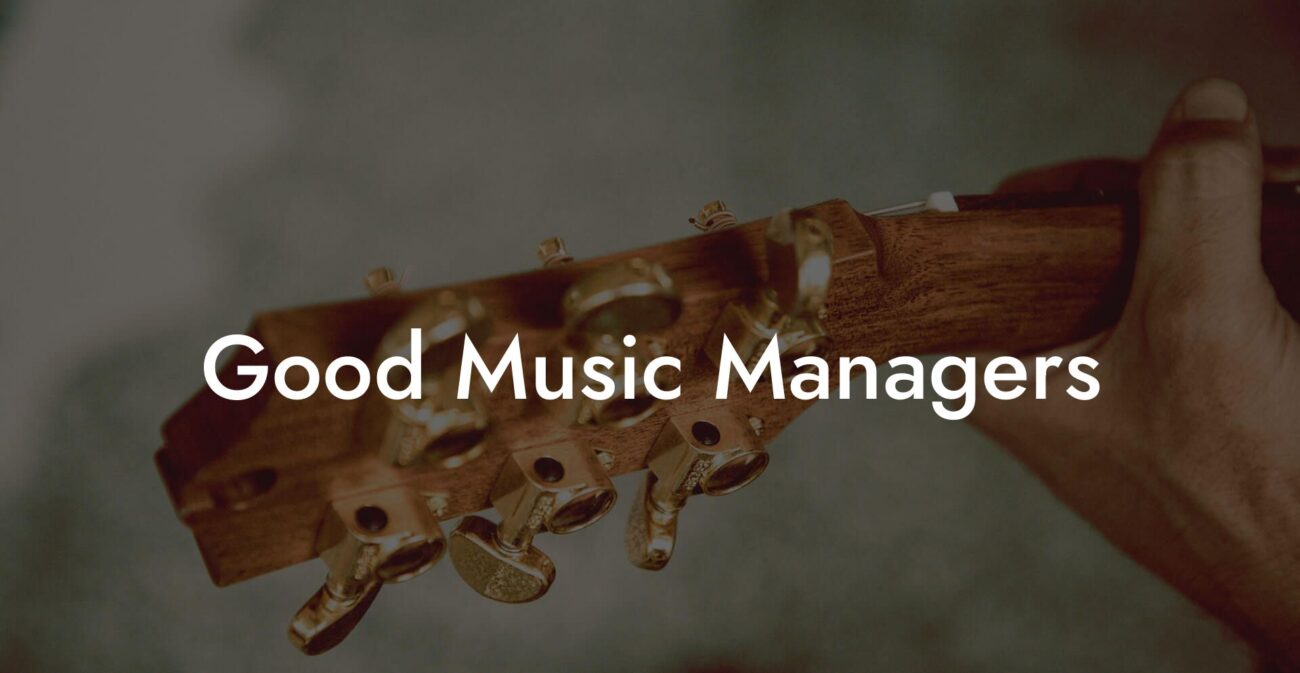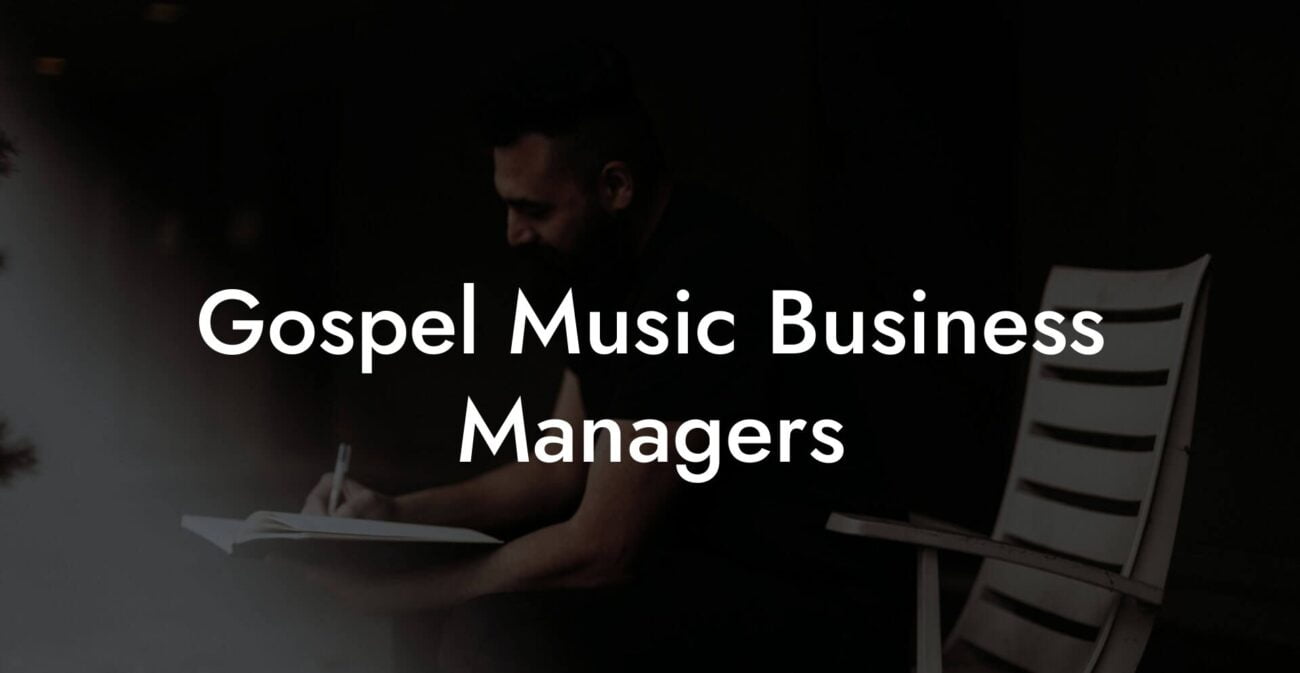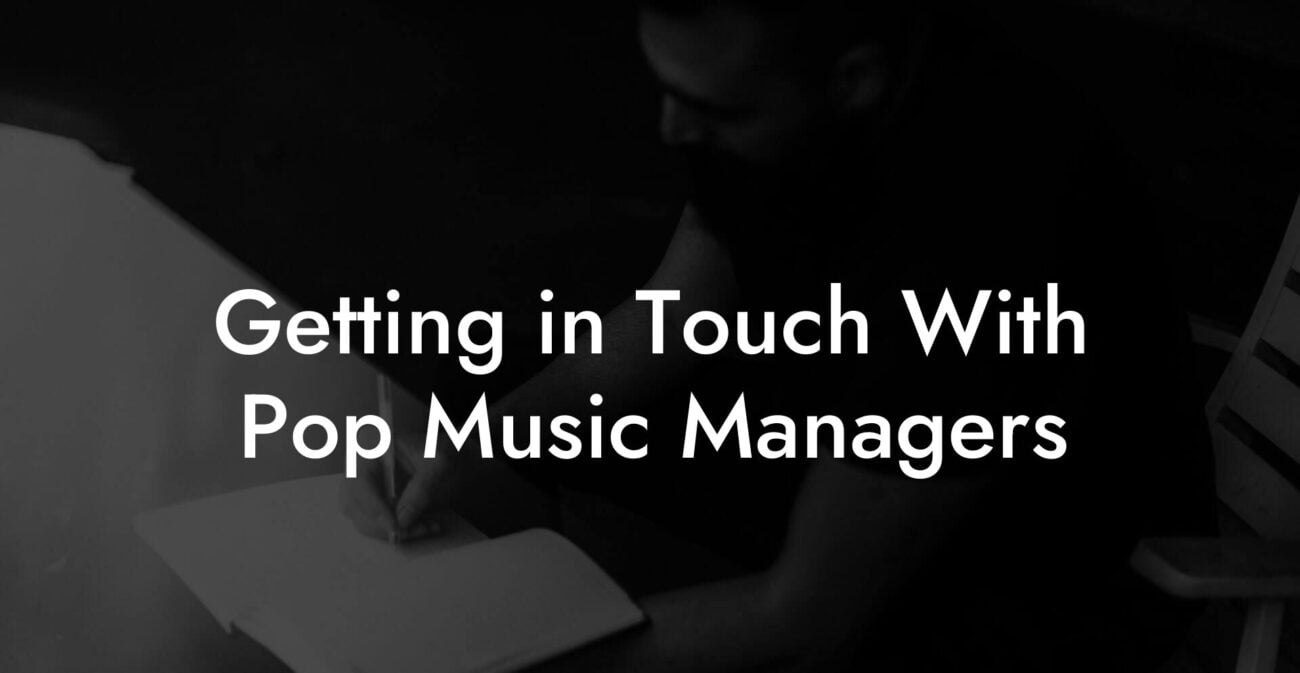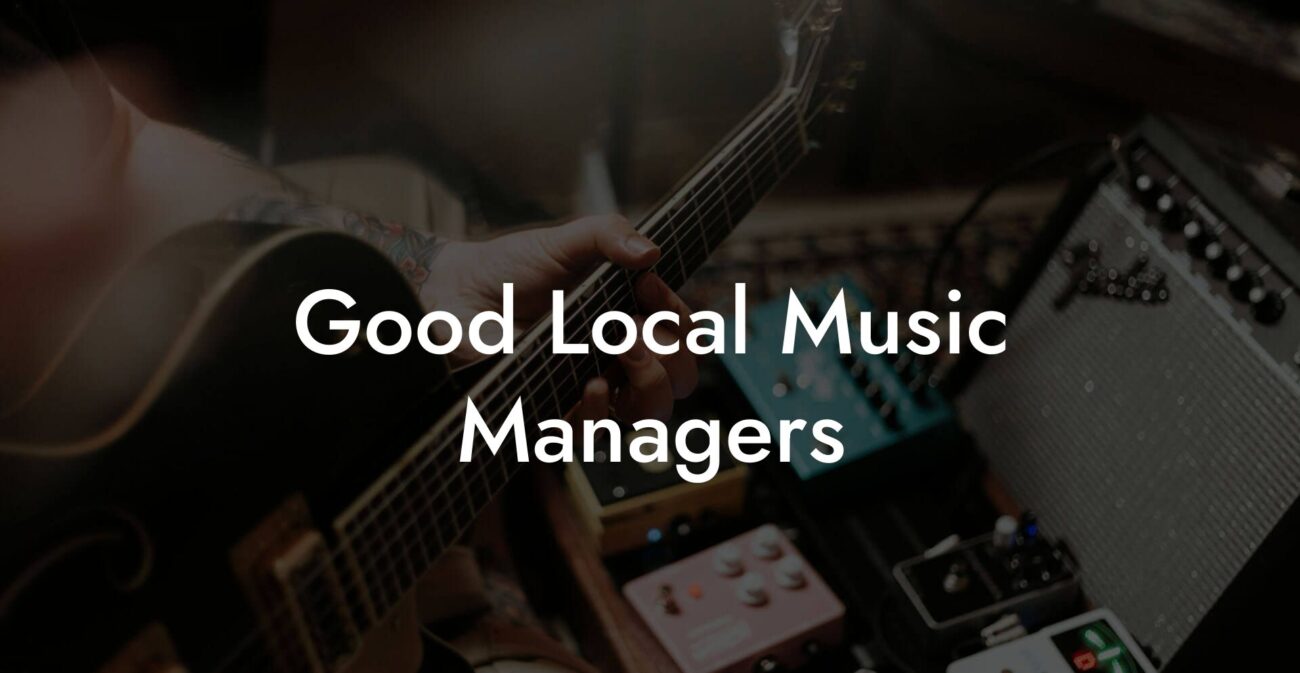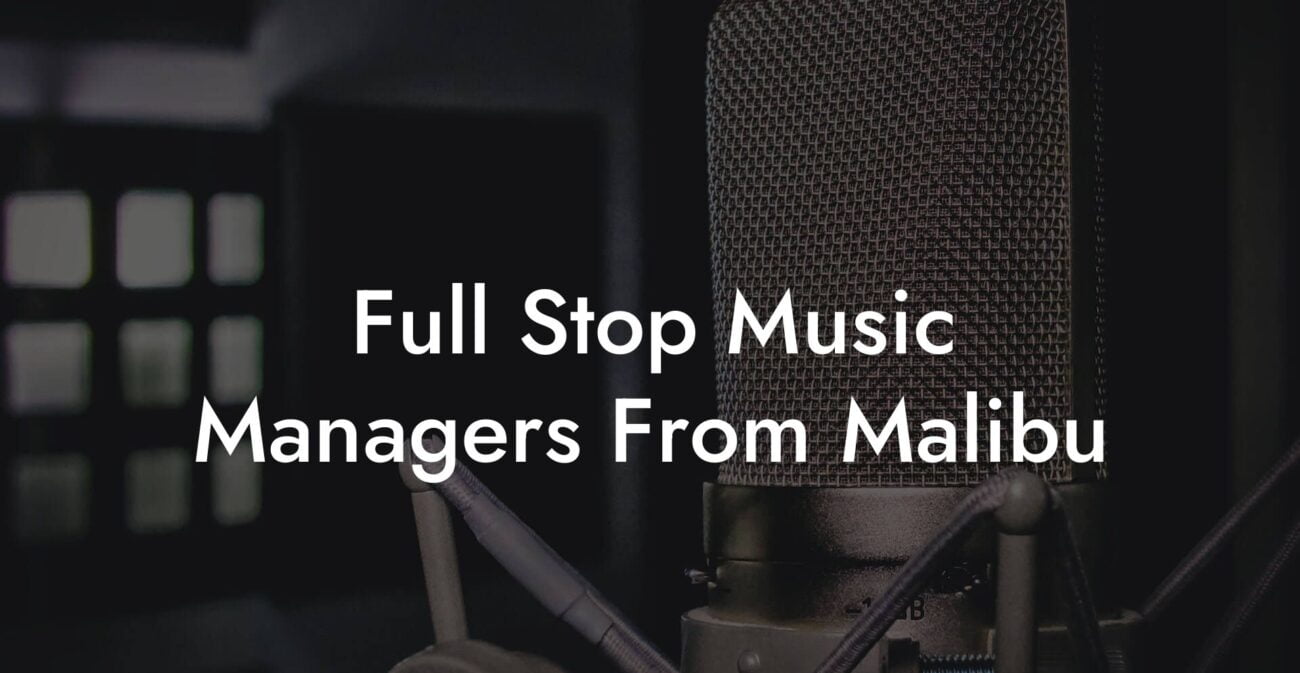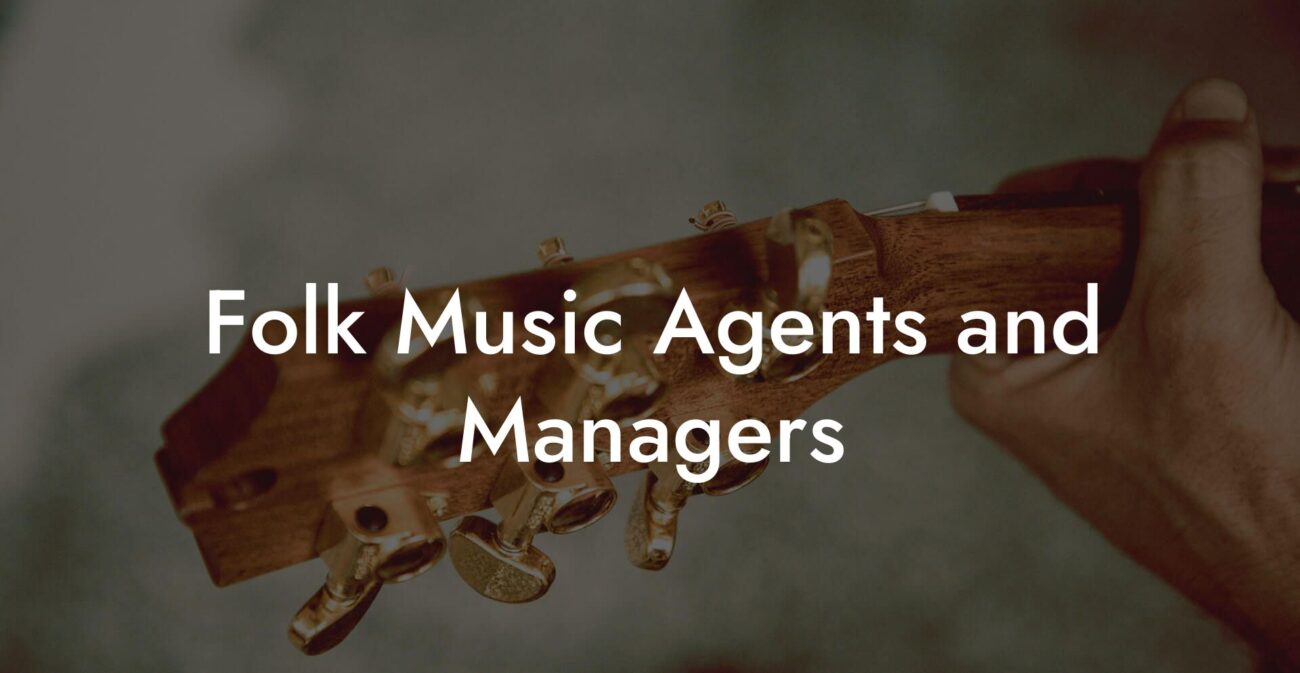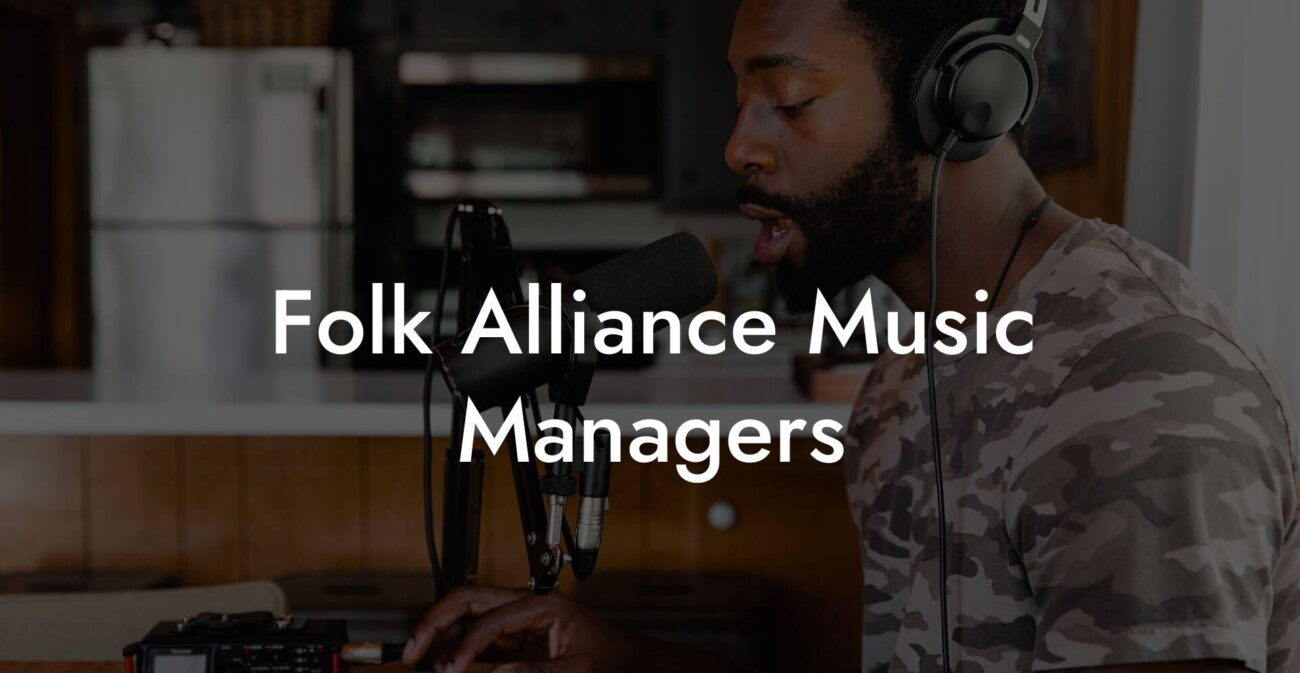Songwriting Advice
How To Write A Melody Over Chords
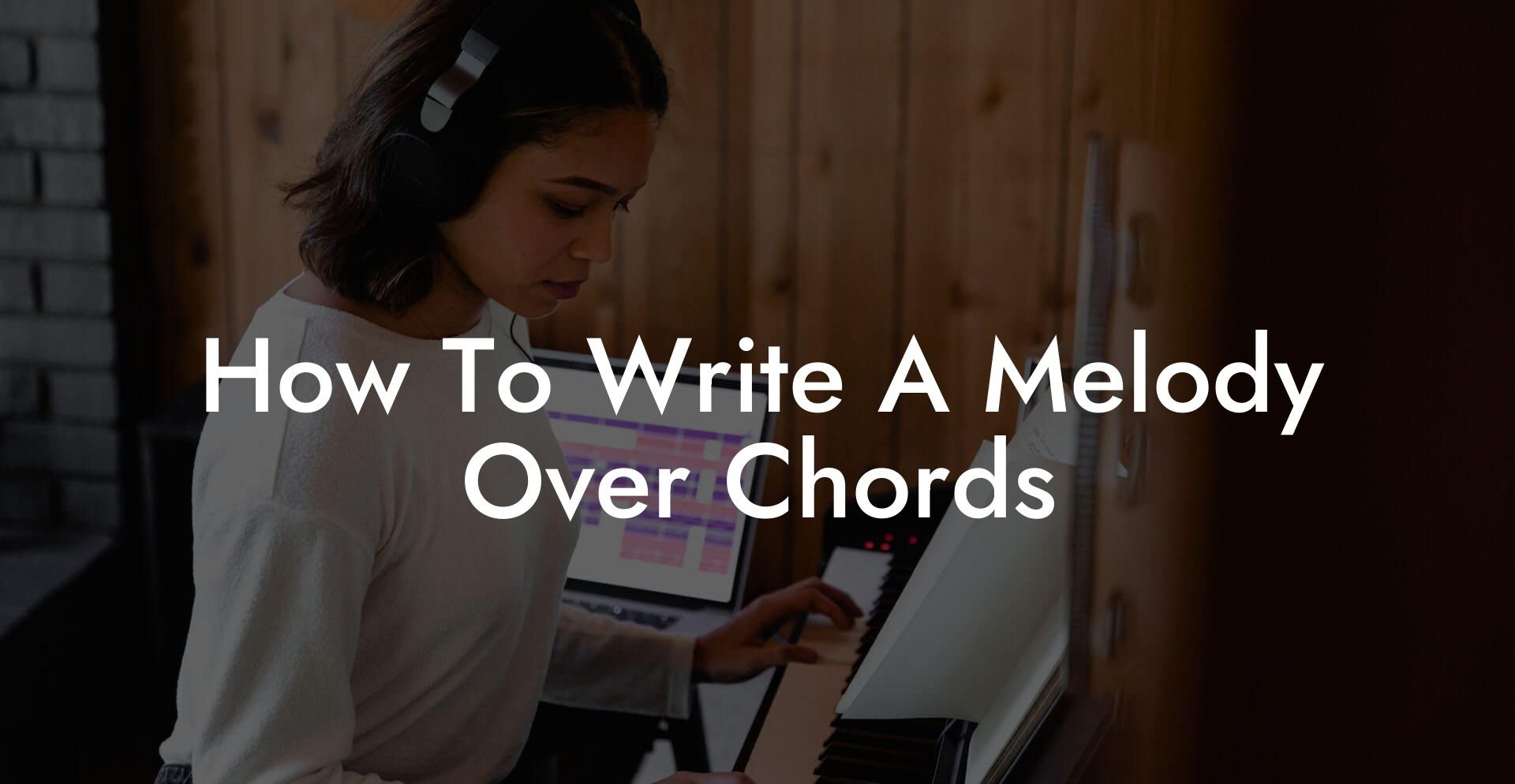
You have chords. Now make something singable, sticky, and mildly addictive. This guide gives you a clear path from blank page panic to melodic confidence. We will cover everything useful from basic theory explained in plain English to dirty tricks you can abuse in the studio. If you write songs, produce beats, or improvise solos this is the blueprint that stops you from guessing and helps you create melodies that land every time.
Quick Interruption: Ever wondered how huge artists end up fighting for their own songs? The answer is in the fine print. Learn the lines that protect you. Own your masters. Keep royalties. Keep playing shows without moving back in with Mom. Find out more →
Quick Interruption: Ever wondered how huge artists end up fighting for their own songs? The answer is in the fine print. Learn the lines that protect you. Own your masters. Keep royalties. Keep playing shows without moving back in with Mom. Find out more →
Quick Links to Useful Sections
- Why melody over chords matters
- Basic building blocks explained like you are at brunch
- Notes and scales
- Chords and chord tones
- Guide tones
- Extensions and tensions
- Modes
- DAW MIDI and VST explained like a friendly rumor
- Core melody principles that actually help
- Target chord tones on strong beats
- Use approach notes and enclosures
- Think in short motifs not long sentences
- Contour matters more than range
- Space is a feature
- Practical workflows to write melodies over chords
- Workflow 1 for a quick melodic hook
- Workflow 2 for a full topline phrase
- Workflow 3 for improvisation based writing
- Exercises for ear training and muscle memory
- Exercise 1 chord tone finder
- Exercise 2 approach note practice
- Exercise 3 motif variation
- How to choose starting notes that lead to success
- Using rhythm as your secret weapon
- Try these rhythm moves
- Melody choices for common chord movements
- I to IV
- ii to V to I
- vi to IV to I to V
- Melody writing for singers and non singers
- For your own voice
- For other singers
- Common melodic devices and how to use them tastefully
- Sequence
- Repetition with variation
- Silence and call and response
- Writing melodies over changing keys and modulations
- How to reharmonize a melody
- Recording techniques that make melodies pop
- Common mistakes writers make and how to fix them
- Too many ideas
- Landing on wrong notes
- No rhythm variety
- Too much range for the singer
- Advanced melodic tools for producers and arrangers
- Counter melody
- Motivic transformation
- Polytonality and clash for effect
- Case studies and examples you can steal
- Example 1 simple pop chorus over I V vi IV
- Example 2 soulful line over ii V I
- How to evaluate and edit your melody
- Tips for writing lyrics that work with your melody
- Fast focused practice plan for one week
- Common questions answered
- Do I have to know music theory to write good melodies
- Should I always start with chords
- What if my melody sounds boring
- How do I make a melody memorable
- Action plan you can use right now
Everything here explains acronyms and terms so you never need to nod and pretend you understand. You will get ear training drills, hands on workflows, examples that you can copy, and real life scenarios so the advice feels like a chat with a friend who also happens to be a ruthless editor.
Why melody over chords matters
Chords are the emotional floor. Melody is the story the listener walks on. A great melody makes the chords feel intentional. Weak melody makes the chords feel like furniture. If you want people to hum your song in the shower or shout a line at a bar you need a melody that understands the chord progression and then politely steals its thunder.
Think of chords as a map and melody as the character walking the map. The character can follow the roads or take the alleyways. Both can be interesting. The difference is choice. Melody choices determine memory. That is why this work matters more than the gear you use.
Basic building blocks explained like you are at brunch
Notes and scales
Notes are single pitches like C or F sharp. A scale is a collection of notes that sound like they belong together. The major scale sounds bright and the minor scale sounds sad. Scales give you a palette. If a chord progression is mostly in C major then using notes from the C major scale will usually sound safe. Using notes outside the scale creates color and tension. Both are useful.
Chords and chord tones
A chord is at least three notes played together. For example the C major chord consists of C E and G. Those three notes are called chord tones because they make up the chord. If you want melodies that feel grounded start your important melodic targets on chord tones. That is the simplest rule with the biggest payoff.
Guide tones
Guide tones are the small set of chord tones that define the harmony. Usually the third and the seventh of a chord do the most interpretive work. If you sing the third over a chord you tell the ear whether the chord is major or minor. If you sing the seventh you tell the ear the chord function and often create movement. Think of guide tones as the subtle scents that tell your listener which room they are in.
Extensions and tensions
Extensions are notes added to a chord beyond the basic triad. Numbers like 7 9 11 and 13 are extension numbers. For example Cmaj7 means a C major chord with a major seventh, which is the note B for C. Extensions give you color notes to use in melody. Tension is good when released. Use tensions as spices not ketchup on everything.
Modes
A mode is a scale starting from a different note of the same set. For instance the Dorian mode is like a natural minor scale with a raised sixth. Modes are a great tool if you want to sound less predictably major or minor. You do not need to memorize every mode to start. Learn the common ones as you go and use them as flavor choices.
DAW MIDI and VST explained like a friendly rumor
DAW stands for digital audio workstation. That is the software where you arrange chords and record melodies. Examples are Ableton Live FL Studio Logic and Pro Tools. MIDI is a digital score language. When you play notes on a MIDI keyboard you record numbers not audio. VST stands for virtual studio technology. These are the plug ins that create sounds. You do not need fancy VSTs to write good melodies. You need decisions that make sense and the will to delete weak ideas.
Core melody principles that actually help
Target chord tones on strong beats
If you land a melody note that is a chord tone on a strong beat the ear feels resolved. If you always float non chord tones on strong beats your melody will feel like it is arguing with the harmony. Use non chord tones on weak beats for motion and spice.
Use approach notes and enclosures
Approach notes are notes you use to move into a target note. They can be chromatic such as moving from a note a half step below or above the target or diatonic such as stepping in from within the scale. Enclosures are a flip trick where you surround the target note with two approaching notes. They are terrific for creating tension and a sense of arrival when you finally hit the chord tone.
Think in short motifs not long sentences
A motif is a small musical idea that repeats with variation. A memorable melody often grows from a one bar idea that gets repeated shifted or inverted. Think like a comedian who repeats a word for punchline effect. Once you have a motif you can decorate it but never murder it with too many new ideas.
Contour matters more than range
Contour means the shape of the melody. A good contour usually has direction. It can rise stepwise then leap and fall back. The ear loves predictable shapes with small surprises. Do not obsess over range. A small range with a clear contour will stick more than a long range with no shape.
Space is a feature
Silence in melody is not a mistake. Hold notes. Leave gaps. Breath invites the listener to sing along. If your melody always moves it becomes background. Let the melody breathe so moments of arrival matter.
Practical workflows to write melodies over chords
Pick a workflow that matches your tools and mood. Below are workflows that scale from quick hooks to full toplines for a song.
Workflow 1 for a quick melodic hook
- Make a two to four bar chord loop in your DAW or on piano or guitar.
- Set a simple rhythm backing like a tap or kick so you feel tempo.
- Sing on vowels for two minutes. No words. This is the vowel pass. Record it.
- Listen back and mark the one or two short gestures that repeat naturally. Those are your motifs.
- Choose the strongest motif and place the important notes on chord tones where the chord changes. Repeat and add a tiny twist on the last repeat.
This method produces quick hooks you can paste into a chorus or an intro.
Workflow 2 for a full topline phrase
- Map chord changes with timestamps. Write the chord name above the bar number. This is your form map.
- Pick a lyric idea or title. Say it out loud so you feel where the natural stress lands. If you have no words start with one emotional phrase such as I will not call or summer in my pocket.
- Sing the lyric idea over the chords while allowing the melody to find the guide tones on chord changes. Do a few passes and record them.
- Pick one recorded pass that has the best rhythmic shape. Transcribe the melody into MIDI or write it down.
- Refine by testing three versions for each phrase. Keep the version that balances singability and interest.
Workflow 3 for improvisation based writing
- Set a one minute loop of the progression. Play through with the band or a metronome.
- Improvise melodies over the loop for eight passes. Each pass focus on one goal. Pass one focus on chord tones. Pass two focus on rhythm. Pass three focus on leaps. Pass four focus on tension notes and so on.
- Label the best measures on your DAW. Chop and paste your favorites to create new phrases.
- Lock in the phrases that feel strongest and build repeats and variations.
Exercises for ear training and muscle memory
Do these drills three times per week. They take 10 to 20 minutes and they change everything.
Exercise 1 chord tone finder
- Play a chord. Sing the root third and fifth over and over until you can hit them without looking. This trains you to find chord tones by ear.
- Move to the next chord and sing the new chord tones. Do this across common progressions like I V vi IV and ii V I.
Real life scene imagine you at a coffee shop and someone asks you to hum a melody for their song. Your brain does not panic because you trained on chord tones. You hum a line that feels right fast.
Exercise 2 approach note practice
- Pick a chord tone as your target.
- Practice entering that note from a half step below from a half step above and from a whole step below. Use all three in sequence.
- Repeat while the chord plays and notice which approach creates the most drama.
This is your secret for making simple melodies feel like they earned the landing.
Exercise 3 motif variation
- Create a one bar motif. Repeat it four times. On each repeat change only one element. Maybe rhythm then interval then articulation then vowel or lyric.
- See which change feels the most expressive. Keep that in your toolbox.
How to choose starting notes that lead to success
Where you start matters more than you think. Here are starting place rules you can use without overthinking.
- Start on a chord tone when the chord is stable. This makes the phrase feel intentional.
- Start on the fifth if you want neutrality. The fifth is uncolored and lets the melody move without immediately naming major or minor.
- Start on the third if you want emotional clarity. The third tells the ear major or minor right away.
- Start on a non chord tone if you want momentum or a sense of reaching. Use a quick approach or keep it on a weak beat.
If you are writing a verse that needs to sound conversational start lower and mostly on chord tones. For chorus start a bit higher and use bigger leaps into the title.
Using rhythm as your secret weapon
Melody rhythm is what makes a line feel human. Changing rhythm can save a weak melodic idea instantly.
Try these rhythm moves
- Syncopation. Delay a note so it lands between drum hits. Your melody suddenly grooves better.
- Holds on the last syllable. Let the final word breathe. That gives the ear time to process and repeat.
- Short long short. A small pattern like short long short creates a hooky cadence that sticks.
Real life example imagine your chorus lyric is I am leaving now. Try singing it as I am leav ing now with the long hold on leaving and you will feel the drama improve. Try different placements until you find the one that gives the best emotional hit.
Melody choices for common chord movements
Here are specific tactics for common progressions. Each tactic gives a clear note choice and a short reason why it works.
I to IV
Use the third of the IV chord as a target on the downbeat. It highlights the color change and gives the melody a sense of lift. If in C major land on A for F major chord changes. That tells the ear the key is moving without shouting it.
ii to V to I
Use guide tones. On ii target the third of the ii chord then on V target the seventh of the V chord. This guide tone movement often creates a smooth voice leading path that sounds classy and inevitable. It works in jazz and pop and sounds expensive even when you keep it simple.
vi to IV to I to V
This popular loop responds well to a rising motif that resolves on the tonic. Try starting the motif on a note just below the vi chord tone and use an enclosure into the I for a satisfying landing.
Melody writing for singers and non singers
If you sing your own songs you must write melodies that fit your voice. If you write for other singers you must write melodies that make sense for them. The same rules apply but with different constraints.
For your own voice
- Know your safe range the notes that feel comfortable with breath. Do not force a chorus above your comfortable top unless you want rasp and intensity.
- Write in your vowel sweet spots. Certain vowel sounds sing easier on top notes such as ah and oh.
- Play to your strengths. If you are great at melismatic runs keep them for a single moment only. Use them like fireworks not background wallpaper.
For other singers
- Ask for range. A simple question saves rewrites. What is your lowest comfortable note and highest comfortable note?
- Write a demo that shows phrasing. Sing the line with the rhythm you want. This helps the singer interpret your intention.
- Leave space for interpretation. Strong melodies invite a singer to add personality. Do not over specify every tiny grace.
Common melodic devices and how to use them tastefully
Sequence
Repeat a motif at a different pitch. Sequences create momentum without new ideas. Use them when you want familiarity with forward motion. They can feel repetitive if used too much.
Repetition with variation
Repeat a motif but change one thing. Maybe shift one note or change the rhythm. The ear loves pattern with a twist. This is how hooks become memorable.
Silence and call and response
Use a short melodic phrase followed by a rest and then a responding phrase. Your melody breathes and creates anticipation. Think of a friend telling a joke and then waiting for the laugh. The space is the laugh.
Writing melodies over changing keys and modulations
When harmony moves to a new key you can either confirm the new key by placing chord tone targets that match the new key or you can intentionally keep a note from the old key as a pivot for tension. Both strategies are useful.
If you modulate up for a final chorus consider a melodic lift by moving the chorus melody up a step or a third while keeping the motif. That gives the sensation of rising without inventing a new melody at the last minute.
How to reharmonize a melody
Reharmonization means swapping the chords under an existing melody to create a new emotional response. You will sometimes write a melody first and then discover the chords feel bland. Reharmonizing can fix that.
- Find chord tones that match the melody notes. You can replace a chord with any chord that contains the melody note as a chord tone.
- Use passing chords to create movement under long held notes. If the melody holds for four bars change the harmony every bar to keep interest.
- Swap major for relative minor when you want the same melody to feel darker.
Real life scenario you wrote a chorus that feels triumphant and later you want it to feel bittersweet. Swap the underlying chords from major to its relative minor under the same melody line and the emotion shifts with no melody rewrite.
Recording techniques that make melodies pop
Your recording choices affect how a melody reads in a mix. Use these tricks to make important melodic moments stand out.
- Double the lead vocal on the chorus. A tight double adds weight and makes the line bigger.
- Add an octave harmony. A lower octave under a high melody can make it feel warm. A higher harmony can add shimmer.
- Use automation. Boost the vocal level or roll off competing instruments at the moment the melody needs center stage.
- Use a subtle delay or slap effect. A rhythmic delay can glue the melody into the pocket but keep it subtle or it will sound dated.
Common mistakes writers make and how to fix them
Too many ideas
Fix by choosing one motif and repeating it with variation. If your phrases constantly introduce new melodic material the listener will have nothing to hum because the hook never had space to exist.
Landing on wrong notes
Fix by aligning strong beats with chord or guide tones. If a key lyric lands on a non chord tone try moving the lyric placement by one subdivision so it lands on a different beat or change the melody note to a chord tone.
No rhythm variety
Fix with one rhythmic change per phrase. A small pause or a syncopated hit in the chorus will make the melody pop without rewriting it.
Too much range for the singer
Fix by transposing the melody to fit the singer or by lowering the highest note slightly. A melody that sits comfortably in the voice will sound more confident and memorable.
Advanced melodic tools for producers and arrangers
Counter melody
A counter melody is a second melody that plays at the same time as the main melody. It should have its own shape and not be just harmony. Use counter melodies to add motion during long note holds or to create dialogue between instruments.
Motivic transformation
Take your motif and invert it. Reverse its rhythm. Stretch it over twice the time. These transformations let you reuse the same DNA across sections so the song feels coherent while still offering surprises.
Polytonality and clash for effect
Use a melody note that is outside the underlying chord deliberately to create a modern edge. Keep it brief and resolve it to a chord tone. This tactic sounds risky and modern when used sparingly.
Case studies and examples you can steal
Example 1 simple pop chorus over I V vi IV
Progression in C: C G Am F
Start the chorus motif on the fifth of C which is G. Move to B over G chord which is the third of the G chord. Land on A which is the root of Am then step down to F for the final chord. This path uses chord tones at strong beats and stepwise motion for singability. Repeat and add a held vowel on the title word for emphasis.
Example 2 soulful line over ii V I
In jazz style use the third of ii as a starting target then chromatically approach the third of V and resolve to the third of I. This guide tone move creates a voice leading path that feels sophisticated and satisfying even if the singer keeps the melody simple.
How to evaluate and edit your melody
After you write a melody evaluate it with a small checklist. If it fails two of these then treat it as a draft not a final.
- Does the melody have a clear motif that repeats with variation?
- Do important chord changes have chord tone targets on strong beats?
- Does the rhythm of the melody support the groove of the track?
- Is the melody singable within the intended vocalist range?
- Does the melody leave space for ear to remember it?
If answers are mostly yes you probably have something that will stick. If not iterate one element at a time. Change a rhythm then listen. Change a note then listen. Small focused edits beat general sweeping rewrites.
Tips for writing lyrics that work with your melody
- Say the line out loud at normal speaking speed. Make sure the stressed syllables fall on strong melodic beats.
- Choose vowels that match the melodic contour. High notes like open vowels such as ah or oh.
- Shorten multi syllable words that fight the melody by replacing them with more compact words that mean the same thing.
- Keep phrasing conversational in verses and declarative in chorus.
Fast focused practice plan for one week
- Day one chord tone finder 20 minutes and write one 8 bar melody over a simple progression.
- Day two motif variation work 20 minutes and make three versions of your melody.
- Day three approach note exercise 20 minutes and revise melody using enclosures.
- Day four rhythm focus 20 minutes and change rhythmic placement of the motif.
- Day five recording day make a demo and double the chorus.
- Day six feedback day play it to three people and ask what line stuck with them.
- Day seven polish day make one change based on feedback then stop.
Common questions answered
Do I have to know music theory to write good melodies
No. You need ear and taste. Simple theory like knowing chord tones and scales helps speed up decision making but many great melodies were written by people who learned rules by ear. Theory accelerates your options and gives vocabulary to choices.
Should I always start with chords
No. You can start with a melody then find chords that fit. Starting with chords gives you harmonic context which makes choosing target notes easier. Each approach has value. If you start with melody make sure to reharmonize with care so the chords support the melodic meaning.
What if my melody sounds boring
Try one change only. Either change the rhythm add a small leap introduce one non chord tone approach the target note differently or drop a rest. Small changes often create large improvements.
How do I make a melody memorable
Use repetition with a twist. Keep the motif short give it a clear contour and place important words on long notes with open vowels. Leave space and use harmonic choices to support the emotional statement.
Action plan you can use right now
- Pick a four chord progression and loop it for one minute.
- Do a two minute vowel pass and identify your best motif.
- Make three versions of that motif changing only rhythm then pick the best.
- Place your strongest notes on chord tones when the chords change.
- Record a quick demo, play it to a friend and ask what line they remember. Make one targeted change and stop.


